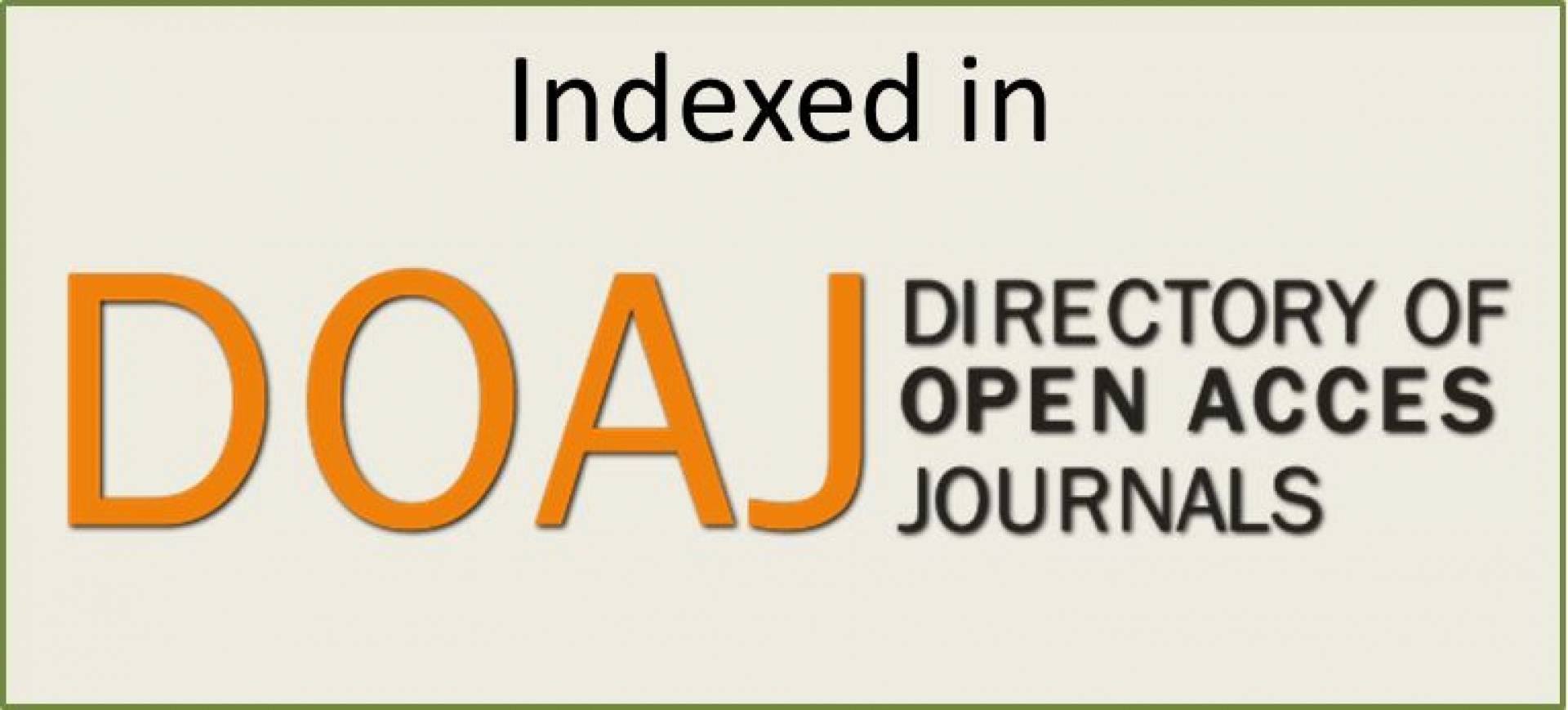CARTAS AL EDITOR
DOI 10.25176/RFMH.v19i3.2148
1 Ophthalmology Service, Edgardo Rebagliati Martins National Hospital - EsSalud, Lima-Peru.
2 University of California, Irvine, EE.UU.
a Ophthalmologist, subspecialty in diseases of the retina and vitreous.
b Former clinical fellow in Diseases of the Retina and Vitreous Gavin Herbert Eye Institute.
Mr. Editor
The world's life expectancy in 1990 was 65.45 years, and by 2017 it was 72.25 years of life at birth1, the world population of people over 50 almost doubled from 878 million in 1990 to 1640 million in 20152.
Age-related macular degeneration (ARMD) is the fourth global cause of blindness, its overall prevalence is 8.69%, being higher in Europeans (12.33%), followed by Hispanics (10.43%)3, causing 4% of visual impairment worldwide2. In Peru, it is the third cause of blindness4. Its prevalence increases with age, worldwide it goes from 5.66% among people 50 to 59 years old, to 24.96% in people over 80 years old3. Therefore, a significant increase in its prevalence is expected. We live more, but we see less.
Among the risk factors associated with AMD, they have been identified at the age of over 50, Caucasian ancestry, polymorphisms of CFH and ARMS2 / HtrA1, smoking habits, among others5. As preventive factors, in addition to quitting smoking, it has been found that a diet rich in green vegetables, carotenoids and omega 3, can reduce the risk of AMD. However, only the use of trace element supplements such as copper, zinc is recommended; and lutein and zeaxanthin, from intermediate AMD5.
For dry or non-exudative AMD, no treatment is currently available. However, there are several clinical trials under way that include studies with stem cells, among others5. As for wet, exudative or neovascular AMD, there is treatment, which can give reversibility. There are different antiangiogenic molecules, which act at the level of suppression of vascular endothelial growth factor (VEGF); approved by the United States Food and Drug Administration (FDA), ranibizumab (Lucentis®), and aflibercept (Eylea® or Eylia®); and with off-label use, bevacizumab (Avastin®)5.
In recent years, clinical trials have been published that support the safety and efficacy of ranibizumab and aflibercept. There are also those that support the non-inferiority of bevacizumab compared to other antiangiogenic drugs, the latter having a lower cost5. Worldwide, bevacizumab is the most administered antiangiogenic, in the United States, it exceeds 70% as a first-line antiangiogenic for DMRE6.
In Peru, bevacizumab has been included in the National Single Request for Essential Medicines (UNEP) since 2015. Its availability in these establishments is an opportunity to treat many patients not only with exudative AMD, but also with diabetic macular edema, macular edema secondary to retinal venous obstruction, proliferative diabetic retinopathy, among the main indications of antiangiogenic agents.
Finally, EsSalud, through the Institute for Health Technology Research and Research (IETSI), has published the Clinical Practice Guide for the diagnosis and treatment of age-related macular degeneration, in a short and extended version7, which should be known by all ophthalmologists in the country, and by the different specialists who treat older adults.
Authorship Contributions:The author participated in the generation, collection of information, writing and final version of the original article.
Financing: Self-financed.
Interest conflict: The author declares no conflicts of interest in the publication of this article.
Received: April 29, 2019.
Approved: May 12, 2019.
Correspondence: Javier Cáceres del Carpio.
Address: Servicio de Oftalmología. Hospital Nacional Edgardo Rebagliati Martins – EsSalud, Av Edgardo Rebagliati 490, Jesús María, Lima-Perú.
Telephone: (01)265-4901
E-mail: javiercdc@gmail.com
